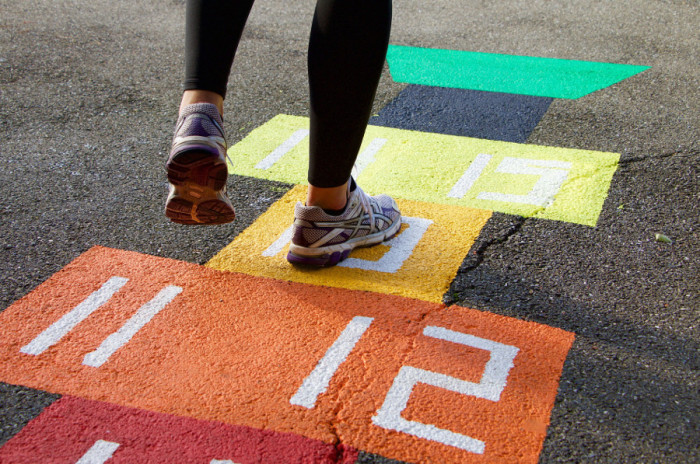


Children are very receptive to learning in their formative years. Subsequently, they should be presented with surroundings that complement this natural curiosity. Creating a stimulating environment for learning is one of the most integral aspects of formal educational. Yet, what is ideal for a preschool setting may not be conducive to the high school setting. It is, therefore, important that the techniques applied are age appropriate and specifically targeted. Preschoolers are open to environments that are fun and full of warmth and colour. Whether at home or school, implementing some or all of these ideas will create a space that is inviting and engaging for young children.
Studies have shown that different colors are associated with different meanings. Children in particular are highly receptive to color. The key here is to create a balance between soothing colors and stimulating colors depending on the area and what it is being used for.
Stimulating colors include reds, oranges and yellows. These prompt activity and will leave young pupils feeling energized and eager to learn. These colours are ideal for areas where children engage in active learning, however, care must be taken to limit the impact of red which can become overwhelming if used primarily in the décor.
Cooler colors like blues and greens are perfect for reading areas and nap areas where children will naturally need less stimulation. Green in particular, is thought to boost creative thinking. This means the color is ideal for a room that focuses on arts and craft and can also help to balance out a room with many vibrant active colours.
In general, a room that is bright and warm will create the best type of learning environment for preschoolers who are at their most receptive to learning, creativity and imagination.
Ensure that there is a display area for students. Children like to see when they have done well and this encourages their latent talents and rewards good work. This display area should be creatively designed and should engage children once they see it. Ensure that the display area reflects the work of current students so that they will see the their own work versus children who have already left the program.
Consider hanging work from the ceiling which will increase the overall surface area that can be used to display the fruit’s of their labor.
At home, parents may opt to hang work on the fridge in a kitchen, in the child’s bedroom or any other that is accessible to the child and easily seen. Always congratulate your child by telling him how proud you are of their progress and place additional stickers on the assignment to confirm this.
Always ensure that children actively engage in signing and listening to new or familiar songs. Children’s language development and creativity are vastly improved by the power of music and the pleasing effect it evokes. Ensure that the classroom is equipped with audio equipment that is loud and clear enough for children to fully hear and grasp whatever is being played. At home place a multimedia player in your child’s room somewhere that allows her access if the device is not easily broken. Let her choose her favourite songs and sing along with her to enhance the experience.